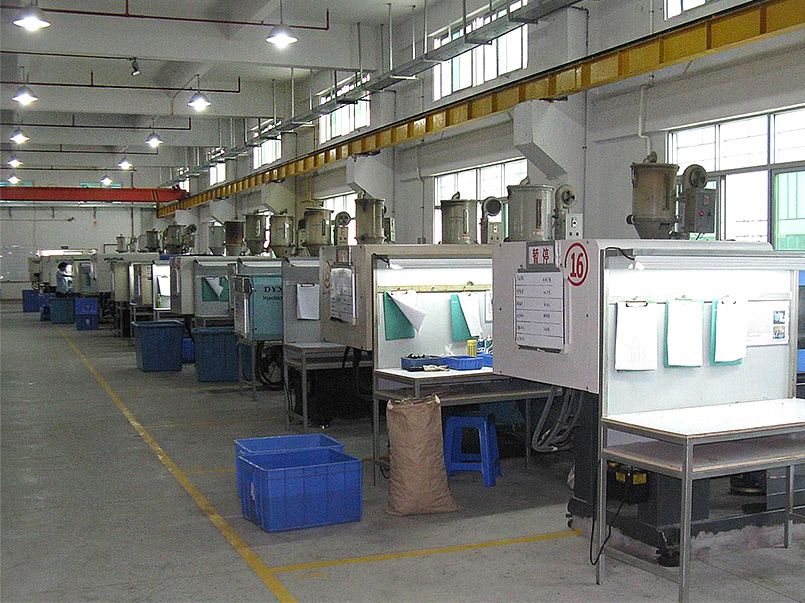2020/03/10
It’s one of the most popular and efficient manufacturing processes in the world and produces for a huge number of the products you use every day.
Yet many of us have no idea how plastic injection molding works, or what’s involved in producing products.
Plastic injection molding is capable of producing large volumes of high-quality, identical items in a short time. Products that are produced range from precision engineering components to regular household items.
The variety of shapes, sizes, strength and types of thermoplastics that can be used in injection molding mean that the process accounts for a significant proportion of plastic products produced today.
Cost-effective prototyping with 3D printing
The first step of in the injection molding process is the development of a mold that will form the liquid plastic into the required shape. Thanks to advances in computer aided design (CAD) technology, much of the prototyping can be conducted digitally. However even now the success of injection molding depends on the skill of an industrial designer or engineer, and a mold/tool maker to produce a perfect mold.
3D printing can also be used to create a prototype mold, or if the product is suitably simple, the finished mold can be printed. With current technology, there are disadvantages to 3D printing as the molds are not as durable as those made of steel or aluminium. They can typically only last for hundreds of cycles instead of the millions their metallic counterparts can handle. Additionally, due to the layered nature of the 3D printing process, the mold will not have the smooth finish that metals produce. The choice of mold depends on the component volume and purpose.
Turning plastics into components
Once the mold has been created and thoroughly tested, it is ready to begin creating components. The most common thermoplastics used in injection molding are:
· Acrylonitrile-Butadiene-Styrene ABS
· Nylon PA
· Polycarbonate PC
· Polypropylene PP
The plastic component granules are fed into a heated barrel where they are melted into a liquid which is then guided through a nozzle of the injection molding machine into the cavity of the mold which fills with liquid plastic, taking on its shape. This molten plastic cools rapidly and becomes solid after only a few seconds. The mold then opens and ejects the newly formed component and the process is repeated.
The speed of the cooling and efficiency of the process once a mold has been created allows large component producers to provide exceptional brand quality and reliable part quality due to the identical nature of each component.
